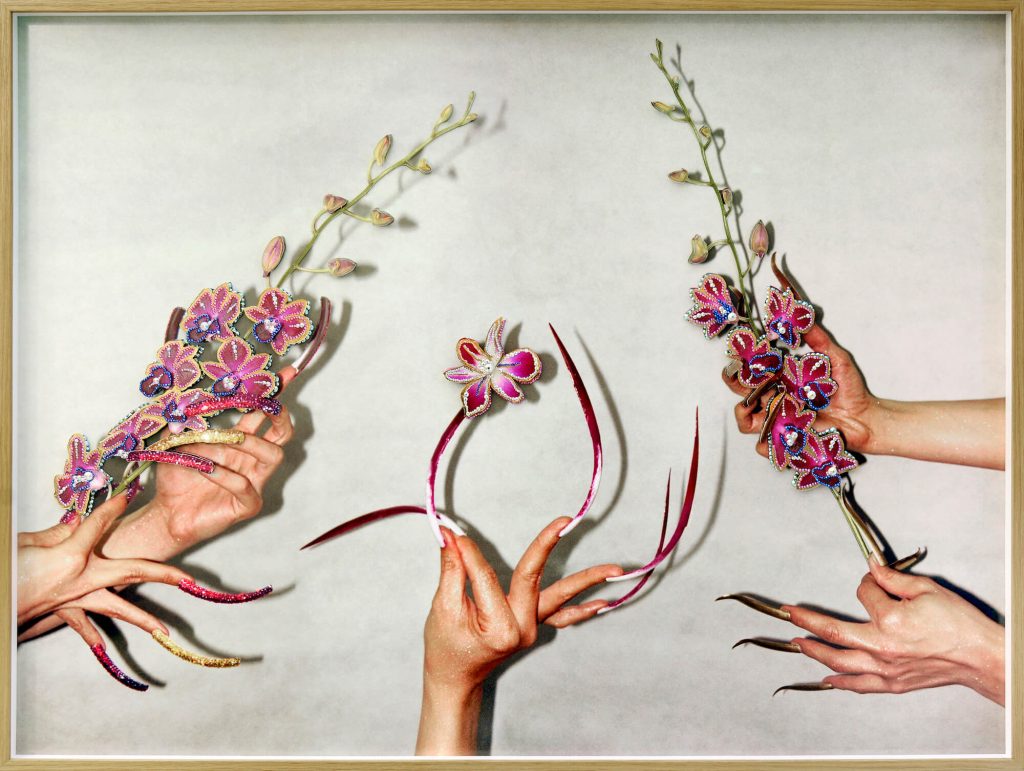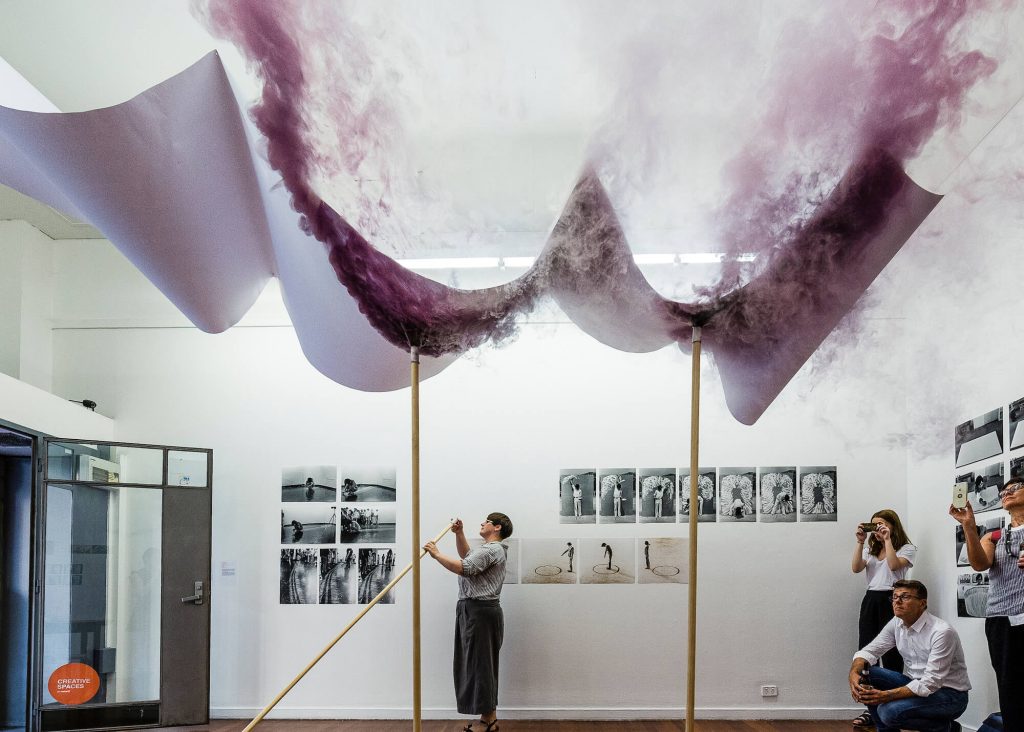For emerging art prize ‘the churchie’ at the Institute of Modern Art, Brisbane, 13 finalists were invited to consider ‘failure’ as a theme selected by Sydney-based curator Talia Smith. A never more adept concept, as the curator herself, was unable to see the exhibition in person as it opened. With a mostly digital curatorial process, including virtual studio visits, the rationale unfolded as a foreboding adaptability to modern life when the entire world faced series of failed plans, events, travel.

The curator of Asian Art at QAGOMA, Tarun Nagesh (who replaced 4A Centre for Contemporary Asian Art, director Mikala Tai due to COVID-19 travel restrictions), was tasked as the judge of the 2020 prize—the winner receiving a non-acquisitive $15,000 cash prize donated by sponsor, BSPN Architecture.

“The 2020 art prize reflects the immense diversity of talent and the great vitality of emerging practices in Australia today, where some of our most exciting artistic talents present us with pertinent questions and insights about contemporary culture and the state of the world,” says Nagesh. “In a textured exhibition, peppered with examples of courageous material and intellectual enquiry and provocation, ‘the churchie’ finalists have provided poignant reflections on the past and speculative propositions toward the future.”
The difficult decision saw the QAGOMA curator choosing Emily Parsons-Lord over artists Nathan Beard, Tom Blake, Jessica Bradford, Marina Pumani Brown, Martin George, Yasbelle Kerkow, Guy Louden, Lachlan McKee, Georgia Morgan, Nabilah Nordin, James Nguyen, and Athena Thebus.

“Emily Parsons-Lord’s gripping performances and interventions revel in the ability to invoke a feeling of wondrous possibility while gesturing toward an impending sense of loss,” says Nagesh. “Through ethereal encounters, underpinned by rigorous intellectual and environmental enquiry, she appeals to our most instinctive bodily reactions and fundamental human concerns.”
Parsons-Lord’s winning artwork, Standing Still (with practice, one may learn to accept the feelings of groundlessness) (2020), is a large-scale video work that takes on the ecological crisis facing us today through the metaphor of cleaving and crumbling. “After the visceral spectacle of climate breakdown—flood, fire, and drought—we are often left with lingering disquiet and apprehension,” says Parsons-Lord. “In the aftermath the scale and immediacy of the emergency retracts and cools, allowing apathy to take hold until the next shocking display.”
For Smith, curating ‘the churchie’ from afar was one of her stranger experiences, but an admiration of the artists’ perseverance and dedication brought the show together. “One of the greatest things about being a curator is the relationship you develop with artists and gain in-depth insights into their practices and methodologies,” Talia adds. “I have an unending gratitude, and for that, it’s been a really special experience.” Especially through the curatorial rationale of failure.
Considering the current moment, the group show’s exploration into how failure can act as a driving force, to question and rethink. The artists’ individual works highlight threads within each other’s practice, revealing the inherent nature of failure and its particular connection to art and a concept to experiment.